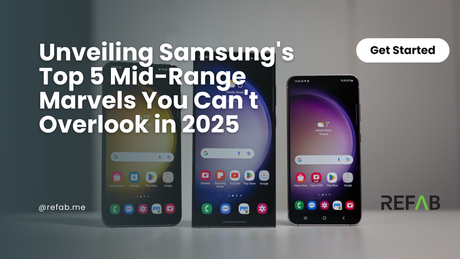The insatiable hunger for the newest, shiniest gadgets generates a growing mountain of electronic waste, or e-waste. Millions of tons of discarded cellphones, laptops, and other devices pile up in landfills, leaching harmful toxins and posing a significant threat to our environment. But what if there was a way to breathe new life into these electronic ghosts? Enter the intriguing realm of Artificial Intelligence (AI), a potential game- changer in the fight against e-waste.
The statistics surrounding e-waste are sobering. According to a 2022 report by the Global E-waste Monitor, the world generated a record 57.4 million metric tons of e-waste in 2021, a staggering 8% increase from 2019. This alarming trend is fueled by a combination of factors, including rapid technological advancements, shorter device lifespans, and the ever-increasing allure of the latest gadgets.
The environmental consequences of e- waste are multifaceted. Manufacturing new devices requires the extraction of precious metals and rare earth elements, often under environmentally destructive conditions. Discarded electronics also
contain hazardous materials like lead, mercury, and flame retardants. Improper disposal of these devices can contaminate soil and water supplies, posing a serious health risk to humans and wildlife.
The current approach to e-waste management primarily focuses on recycling and refurbishment. Recycling involves extracting valuable materials like copper and gold from discarded devices, which can then be used in the production of new electronics. Refurbishment, on the other hand, involves repairing and restoring used devices to a functional state, giving them a second life.
While these approaches play a crucial role in mitigating e-waste, they have limitations. Traditional diagnostics can miss subtle faults, and refurbishment processes may not be tailored to address the specific needs of each device. This can lead to shorter lifespans for refurbished electronics, ultimately contributing to the e-waste problem.
Al presents a groundbreaking approach to combatting e-waste. Imagine a system that can analyze vast amounts of data from diagnostic tools, identify even the most obscure glitches, and predict the remaining lifespan of a device with remarkable accuracy. This is the future that Al holds for the realm of e-waste management.
- Advanced Diagnostics with Machine Learning: Al algorithms, trained on massive datasets of device performance data, can analyze information from various diagnostic tools with unparalleled precision. This allows for the identification of even the most minor faults, ensuring a comprehensive refurbishment and potentially extending the device's lifespan.
- Predictive Maintenance with Al Models: Al models can be trained on historical data, including device performance metrics and failure rates, to predict the remaining lifespan of electronics with a high degree of accuracy. This empowers technicians to prioritize refurbishment efforts on devices with the greatest potential for extended life, maximizing resource utilization and minimizing future e-waste generation.
- Optimizing Refurbishment Processes: Armed with insights from Al diagnostics and lifespan predictions, refurbishment processes can be tailored to address the specific issues of each device. This could involve replacing only malfunctioning components, utilizing advanced repair techniques, or even reprogramming software for optimal performance.
The potential of Al in extending the lifespan of electronics and mitigating e- waste is vast. However, significant research and development are still needed to fully realize its potential. Collaboration between Al researchers, electronics manufacturers, refurbishment companies, and environmental organizations is crucial to develop and implement Al-powered solutions with maximum efficiency.
By harnessing the power of Al, we can usher in a new era of responsible tech consumption, where electronic devices are cherished for longer, resources are used more efficiently, and the looming shadow of e-waste is gradually eclipsed by a future built on sustainability and innovation.







